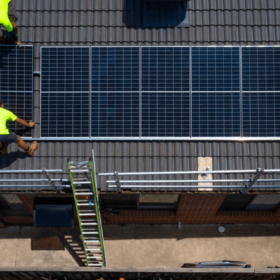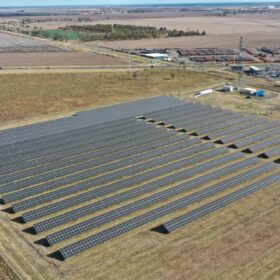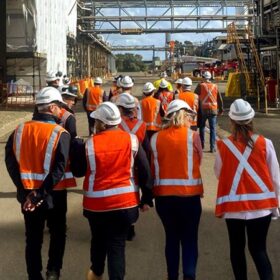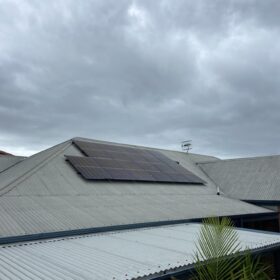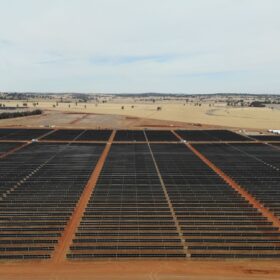HMC announces seed investment for planned 15 GW clean energy platform
Australian asset manager HMC Capital has signed a $50 million deal to acquire a majority stake in Sydney-headquartered battery project developer Stor-Energy as part of its push into the renewable energy sector.
Victoria pumps $4 million in to boost rooftop PV roll out
More than $4 million will be delivered to seven commercial providers to support the installation of rooftop solar and electric hot water systems at scale as the Victorian government pushes ahead with its plan to transition to all-electric homes across the state.
BayWa seeks federal approval for combined 1.2 GWh of big batteries
BayWa r.e. is seeking federal environmental approval for two proposed renewable energy projects featuring up to 312 MW of generation and a combined 1.2 GWh of battery energy storage capacity.
Microgrids empowering regional and remote communities across Australia
Small collections of electricity generators, or microgrids, have long been used in disaster recovery, when network supply falters during bushfires or cyclones. But now the technology is being used to provide secure, 24-7 supplies of clean energy in Australian communities where connection to the main electricity grid is but a pipedream.
FRV Australia delivers first hybrid solar-storage power plant
Global renewables project developer Fotowatio Renewable Ventures says its 5 MW solar and battery hybrid power plant near Dalby in southern Queensland has been completed and is now operational.
How companies can bridge gap to net zero and move from talk to transformation
The majority of global companies have set ambitious public targets to reach net zero, but internally many believe there is insufficient effort being made to transform talk of decarbonisation to reality. The team at consulting firm Partners in Performance recently surveyed ~100 senior leaders at global companies to assess the efficacy of their emissions reduction programs.
Pumped hydro projects declared high priority by NSW government
Three pumped hydro projects that would deliver a combined 1,035 MW / 9,480 MWh of dispatchable capacity are among six projects that have been declared critical state significant infrastructure by the New South Wales government, potentially smoothing the way for their approval.
Community microgrid calls on residential solar to support energy security
Construction has begun on a solar and battery-based microgrid that is to provide the northeast Victoria town of Corryong with crucial energy resilience, helping keep the power on during emergencies such as bushfires and storms.
Volumes ‘going backwards’ as rooftop market drops off
The roll out of rooftop solar in Australia has slowed with a total of 248 MW of new capacity registered across the country in June, a 14% decline on the previous month and the lowest tally since January.
Redflow teams with Stanwell to advance zinc bromide flow battery
Australian flow battery specialist Redflow has struck a partnership with Queensland state-owned generation company Stanwell to work together on the development of a non-lithium long-duration battery energy storage solution for use in a 400 MWh project.


